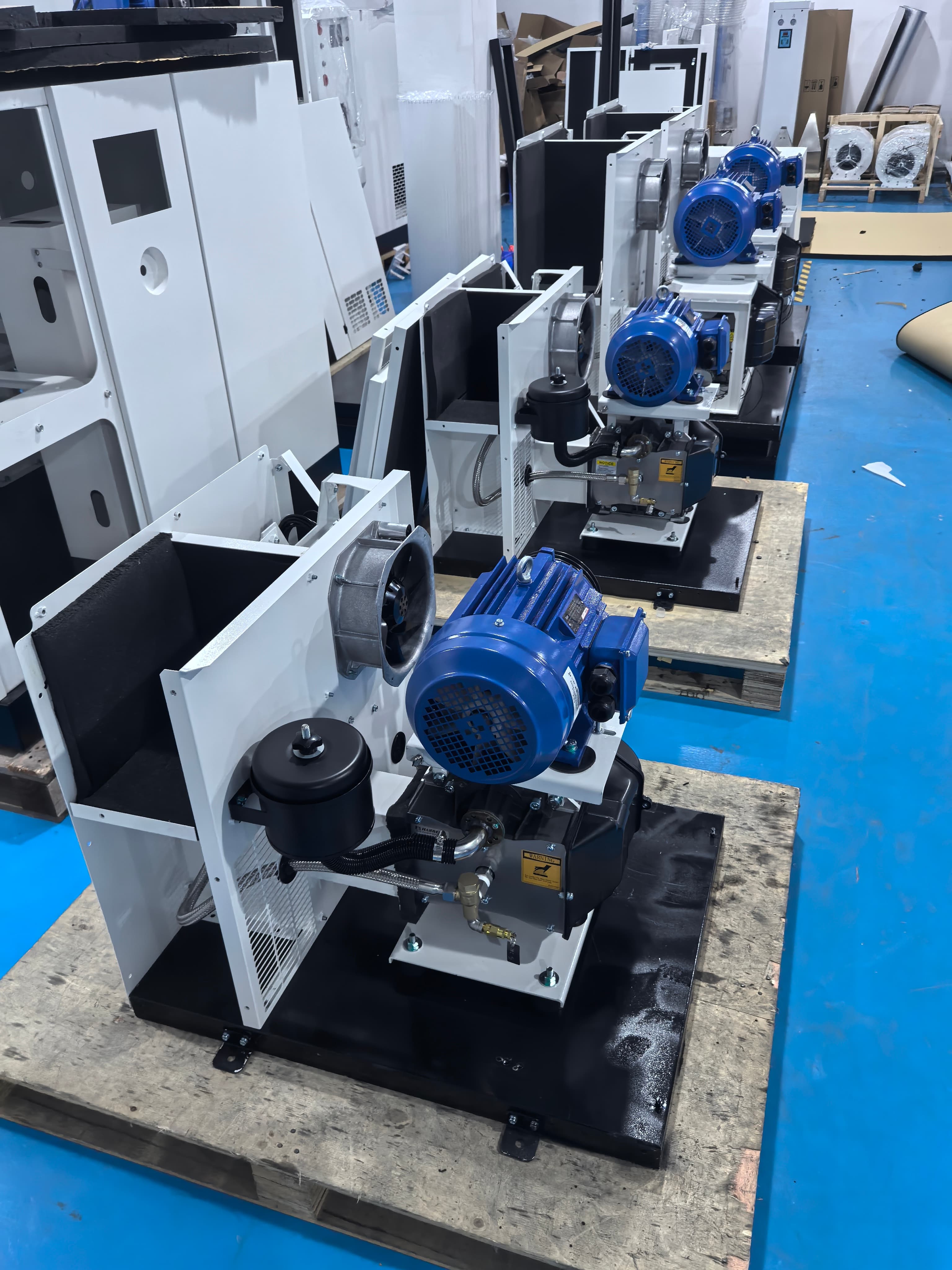In the healthcare industry, where patient safety and operational reliability are paramount, selecting the right air compressor supplier directly impacts clinical outcomes and facility efficiency. As an expert with extensive experience implementing medical gas systems, I've witnessed how strategic supplier partnerships can transform healthcare delivery while mitigating risks. This guide synthesizes practical knowledge into an actionable framework for evaluating healthcare compressor suppliers, empowering your facility to make informed decisions that align with current needs and future healthcare trends.
The Critical Role of Compressed Air in Modern Healthcare
Compressed air systems serve as the silent backbone of healthcare facilities worldwide, powering respiratory therapy equipment, surgical tools, laboratory analyzers, and pharmaceutical manufacturing processes. The global medical air compressor market reflects this critical importance—it's projected to grow from USD 1.2 billion in 2024 to USD 2.5 billion by 2033 at a 9.1% compound annual growth rate. This remarkable expansion underscores the increasing reliance of modern healthcare on advanced compressed air solutions.
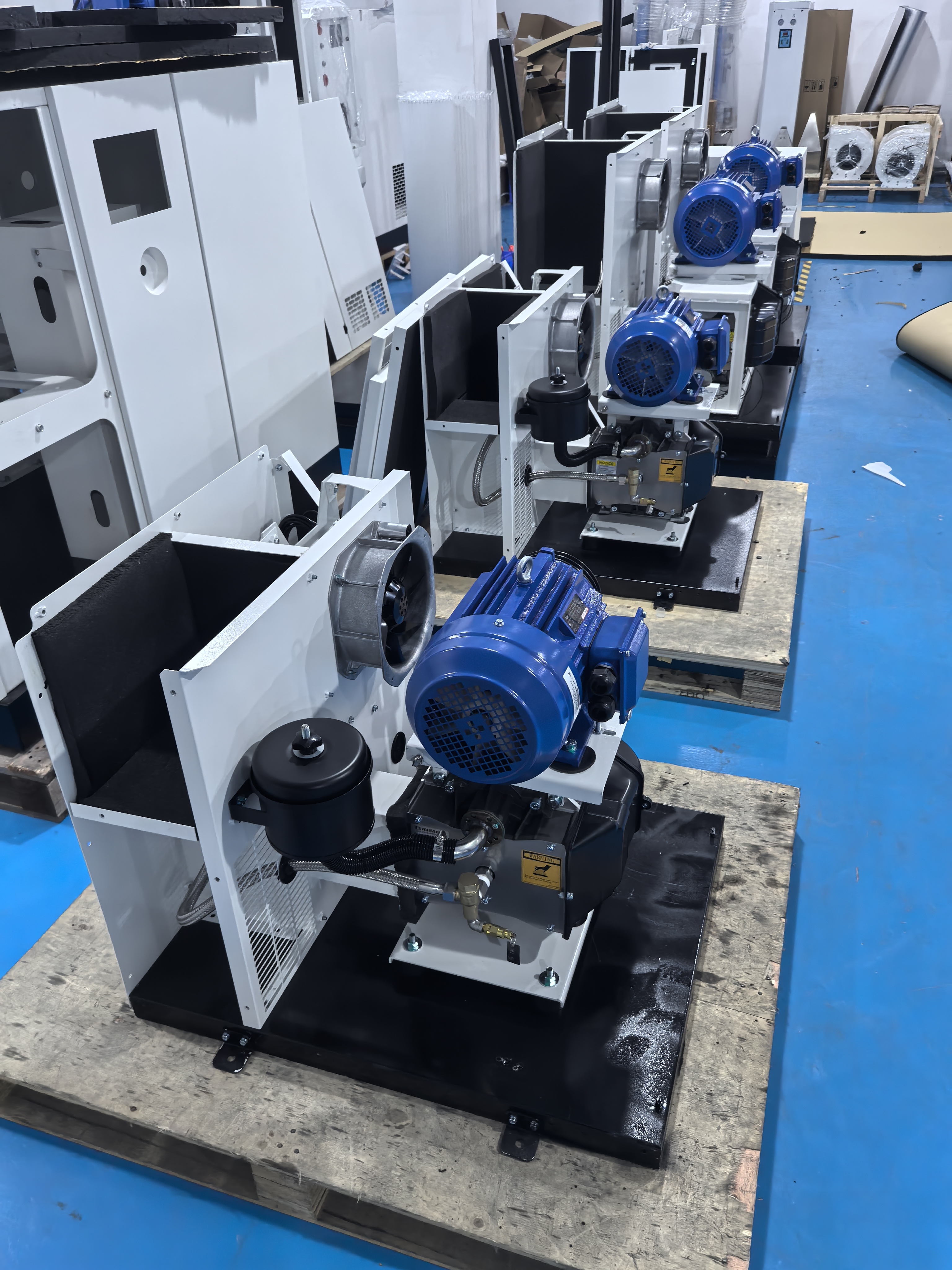
In acute care settings, compressed air system failures or contamination can have catastrophic consequences. Oil contamination in medical air supplies has been linked to respiratory complications in vulnerable patients, resulting in extended hospital stays and elevated mortality risk. Pressure fluctuations can disrupt surgical procedures or compromise diagnostic equipment accuracy. These scenarios emphasize that supplier selection should never be based solely on cost—it's a strategic decision with direct implications for patient care quality.
Healthcare facilities have unique requirements that exceed those of standard industrial applications. Medical-grade systems must deliver air with stringent purity standards while maintaining absolute reliability. As facilities transition to value-based care models, these systems also need to demonstrate energy efficiency and cost savings without performance compromises. This complex set of requirements demands a thorough supplier evaluation process that considers multiple dimensions of capability and healthcare alignment.
Essential Evaluation Criteria for Healthcare Compressor Suppliers
Selecting a healthcare compressor supplier requires a multidimensional assessment addressing the unique demands of medical environments. Based on industry best practices and lessons from numerous facility implementations, these criteria form the essential pillars of supplier assessment:
Regulatory Compliance and Certification Verification
Any medical compressor evaluation must begin with verifying compliance with international and regional standards. The ISO 8573-1:2010 standard establishes the benchmark for compressed air quality, with Class O certification representing the highest purity level for oil-free systems—a critical requirement for healthcare applications where even minute oil contamination can endanger patients and compromise medications. When evaluating suppliers, request direct evidence of current TÜV or equivalent Class O certification, as some suppliers claim "oil-free" status without meeting this rigorous standard.
Beyond air quality standards, suppliers should demonstrate deep understanding of healthcare-specific regulations, including NFPA 99 medical gas requirements, UK's HTM 02-01, and local healthcare facility codes. A qualified supplier doesn't merely provide compliant equipment—they offer expert guidance on implementation strategies that ensure ongoing compliance during installation and routine operation.
Technical Capabilities and Innovation Leadership
Compressor system sophistication varies significantly among suppliers, directly impacting performance and total cost of ownership. For healthcare applications, prioritize suppliers offering scroll or screw compressor technologies specifically engineered for medical environments. These designs typically provide superior reliability, quieter operation, and more consistent pressure delivery compared to piston-style compressors, which often exhibit performance fluctuations.
In today's rapidly evolving healthcare landscape, suppliers must demonstrate commitment to innovation addressing emerging facility needs. This includes building management system integration, remote monitoring for predictive maintenance, and energy recovery options that support sustainability goals. During technical evaluations, request specific data on Mean Time Between Failures (MTBF) and Mean Time to Repair (MTTR)—these metrics directly influence system uptime and maintenance planning.
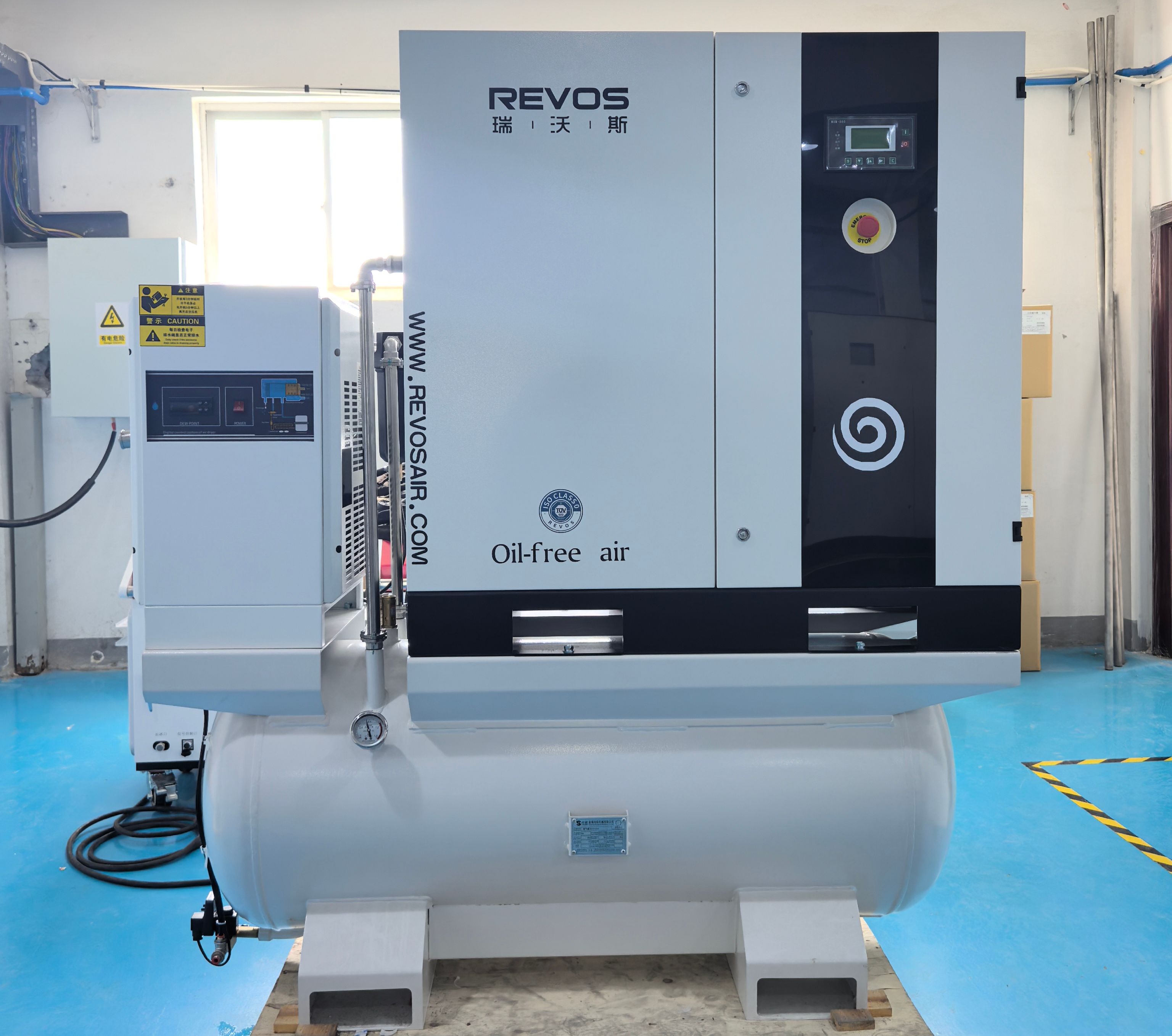
Service and Support Infrastructure
A compressor system's reliability is inherently tied to the support infrastructure behind it. Healthcare facilities require suppliers with proven response capabilities, particularly for critical systems affecting patient care. Evaluate supplier service networks by examining local technician availability, average emergency response times, and availability of loaner equipment during major repairs.
Comprehensive training programs represent another critical support component. Leading suppliers offer tailored training for both biomedical engineering staff and facility operators, ensuring your team can effectively monitor system performance and address minor issues before they escalate. Inquire about training methodologies, available certifications, and ongoing educational resources that keep your staff current with evolving technology.
Performance Validation and Case Studies
While specifications provide baseline information, real-world performance data offers the most compelling evidence of supplier capabilities. Request detailed case studies from healthcare facilities similar in size and complexity to yours, focusing on systems in comparable environments. These medical grade air compressors case studies should include quantifiable metrics such as energy consumption reductions, maintenance cost trends, and system uptime percentages.
For facilities with specialized needs—like pharmaceutical production or research laboratories—suppliers should demonstrate specific expertise in these areas. For example, suppliers serving sterile compounding facilities should provide evidence of systems consistently maintaining ISO 5 air quality standards, along with documentation of validation protocols supporting regulatory compliance.
Financial Stability and Long-term Viability
Healthcare compressor systems represent multi-year investments requiring ongoing support throughout their operational lifecycle. Evaluating supplier financial stability mitigates the risk of partnering with organizations that might not be viable long-term. Review financial statements, industry rankings, and market presence to assess stability, paying special attention to companies with consistent performance through economic cycles.
Equally important is evaluating supplier commitment to the healthcare market segment. Companies with dedicated healthcare divisions typically offer deeper expertise and more responsive support than general industrial suppliers that treat healthcare as a secondary market. Look for evidence of continuous product development specifically for medical applications—this demonstrates long-term commitment to the sector.
Navigating the Selection Process: From Needs Assessment to Contract Finalization
Selecting a healthcare compressor supplier requires a structured approach balancing technical evaluation with healthcare-specific practical considerations. Based on successful procurement cycles in various healthcare settings, this step-by-step methodology provides a roadmap for navigating this complex decision:
Comprehensive Needs Assessment
Initiate the selection process with a detailed analysis of your facility's specific requirements. Engage key stakeholders from clinical engineering, facilities management, infection control, and relevant clinical departments. Document air quality requirements based on intended use—distinguishing between critical applications like anesthesia delivery versus general facility uses—since these differences drive distinct technical specifications.
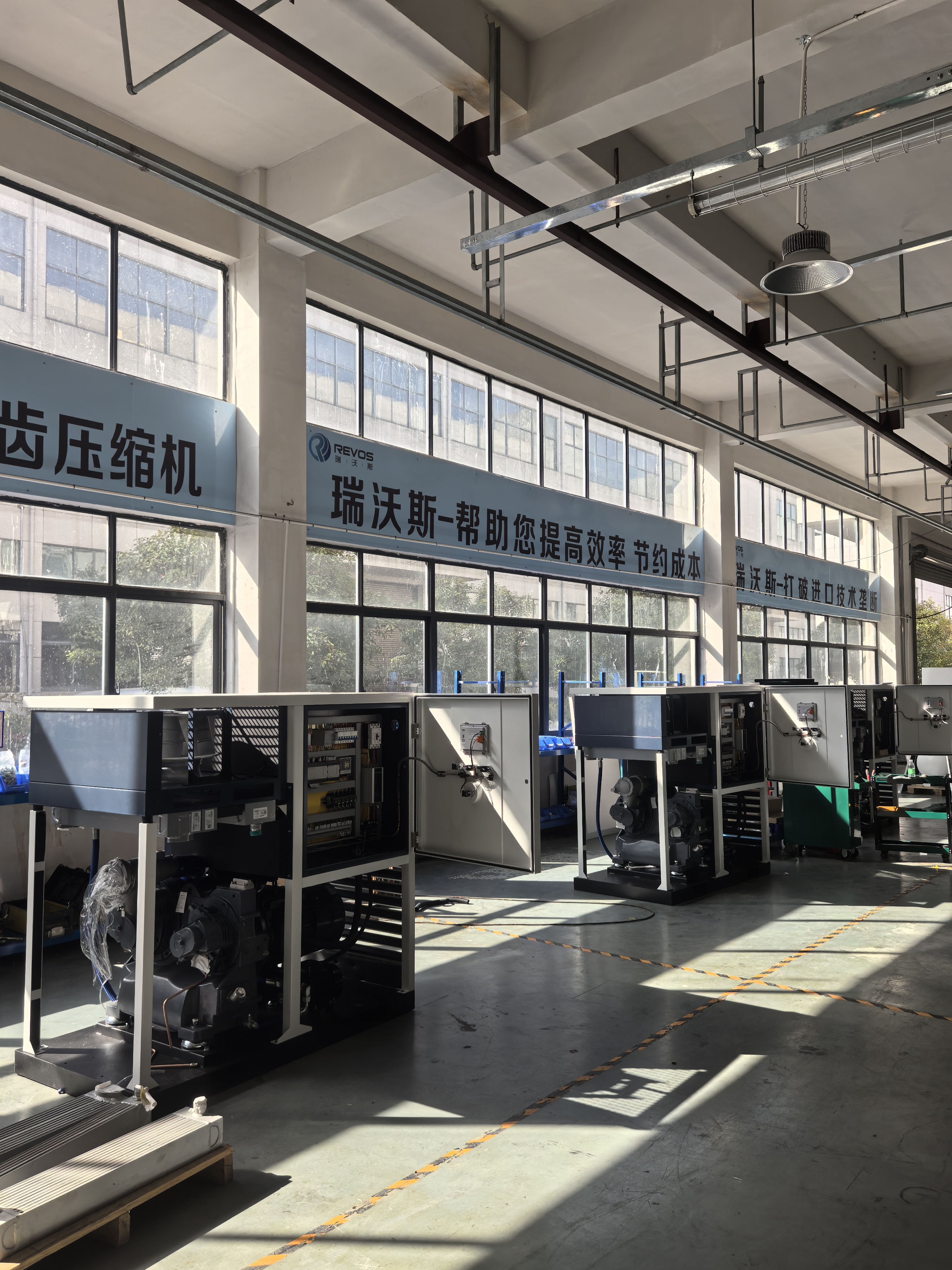
Develop a comprehensive load profile accounting for peak demand scenarios, including planned expansions and potential future applications. This profile should include pressure requirements, flow rates, duty cycles, and quality standards for each point of use throughout your facility. For larger healthcare systems, consider whether a centralized or decentralized distribution approach would be more effective—this decision significantly impacts both equipment selection and installation costs.
Supplier Shortlisting and Initial Evaluation
With clear needs defined, develop a shortlist of potential suppliers using a tiered screening process. Begin with preliminary criteria that quickly eliminate non-viable options, such as lack of Class O certification, insufficient healthcare experience, or inadequate local support. This initial screening can typically be accomplished by reviewing supplier websites, product literature, and certification documentation.
Follow this with a detailed request for information (RFI) addressing your specific requirements and evaluation criteria. Structure the RFI to elicit standardized responses that facilitate direct supplier comparisons. Key areas to cover include technical specifications, compliance documentation, service capabilities, training offerings, and preliminary cost estimates. Allow sufficient time for thorough responses, and schedule follow-up discussions to clarify ambiguities or address specific concerns.
Technical Demonstration and Site Visits
Before narrowing to final candidates, arrange technical demonstrations of proposed systems when possible. These demonstrations should include opportunities to observe equipment operating under load conditions, review maintenance procedures, and evaluate user interface functionality. For healthcare applications, pay special attention to noise levels—excessive sound can disrupt patient care environments.
Site visits to existing installations provide insights unavailable from specifications alone. Request access to facilities similar to yours where the supplier's equipment has been operational for at least 12 months—this allows assessment of long-term performance. During these visits, consult directly with clinical engineering and facilities staff to obtain candid feedback on reliability, service responsiveness, and overall satisfaction with both equipment and supplier support.
Comparative Analysis and Value Assessment
Develop a structured scoring system to evaluate final candidates across all relevant criteria, assigning appropriate weight to factors based on your facility's priorities. This quantitative analysis should include both hard metrics—like energy efficiency, footprint requirements, and maintenance costs—and qualitative factors such as service quality and technical expertise.
When evaluating costs, avoid focusing exclusively on initial purchase price. Instead, develop a total cost of ownership (TCO) model accounting for energy consumption, maintenance requirements, expected lifespan, and disposal considerations. This holistic approach often reveals that higher initial investments in premium equipment yield significant savings over the system's operational life—especially in healthcare settings where reliability and performance directly impact patient care.
Contract Negotiation and Performance Guarantees
Once you identify a preferred supplier, focus contract negotiations on establishing clear expectations and performance guarantees. Key contract elements include warranty terms, service level agreements (SLAs) with defined response times, and performance guarantees for energy efficiency and air quality. For critical healthcare systems, consider negotiating availability guarantees with financial remedies for extended downtime.
Develop a detailed project plan with the selected supplier addressing installation scheduling, validation protocols, staff training, and transition from existing systems. This plan should include specific milestones with completion criteria and account for the unique constraints of healthcare environments—like infection control requirements and limitations on construction during operating hours.
Addressing Healthcare-Specific Challenges in Supplier Selection
The healthcare sector presents unique challenges influencing compressor supplier selection, requiring specialized approaches to navigate complex operational and regulatory environments. Drawing on practical experience implementing these systems in diverse healthcare settings, these strategies address common hurdles and provide actionable solutions:
Balancing Clinical Needs with Financial Constraints
Healthcare facilities constantly strive to deliver high-quality patient care within budget constraints. When evaluating compressor suppliers, seek partners offering flexible solutions addressing both clinical requirements and financial realities. This might include phased implementation approaches allowing system expansion as funding becomes available or energy efficiency programs delivering measurable cost savings to offset initial investments.
Consider leveraging group purchasing organization (GPO) contracts for access to pre-negotiated pricing and standardized terms. However, ensure GPO relationships don't limit your ability to thoroughly evaluate technical specifications and service capabilities—the lowest cost option may not provide the best value for specialized medical applications.
Managing Regulatory Complexity and Compliance
The evolving regulatory landscape for healthcare facilities creates ongoing equipment procurement challenges. Suppliers should demonstrate not only current compliance but proactive approaches to anticipating regulatory changes. During evaluations, inquire how suppliers monitor and respond to regulatory developments, and request examples of how they've supported customers through compliance transitions.
For facilities operating in multiple jurisdictions, select suppliers experienced in navigating each region's specific regulatory requirements. This is particularly important for academic medical centers and healthcare systems with diverse facilities that may face different codes and standards based on location and function.
Ensuring Business Continuity and Disaster Preparedness
Healthcare facilities require hospital air compressor systems that maintain operation during emergencies and power disruptions. Evaluate supplier capabilities in providing redundant systems, backup power integration, and disaster recovery support. Suppliers should offer comprehensive risk assessment services identifying potential vulnerabilities and recommending appropriate mitigation strategies.
In regions prone to natural disasters, look for suppliers with established emergency response protocols and ability to quickly mobilize resources during crises. This might include pre-negotiated emergency service agreements and strategic inventory of critical replacement parts in geographically dispersed locations.
Integrating with Existing Healthcare Infrastructure
Many healthcare facilities must integrate new compressor systems with legacy infrastructure, creating technical and logistical challenges. Suppliers should demonstrate experience with these complex integration projects, including ability to perform detailed system assessments and develop transition plans minimizing disruption to clinical operations.
For facilities undergoing renovation or expansion, consider suppliers offering modular equipment designs that can be easily scaled as needs evolve. These flexible solutions allow phased implementation aligning with construction schedules and budget cycles while ensuring consistent performance throughout the transition period.
Industry Case Studies: Successful Supplier Selection Outcomes
Real-world examples provide valuable insights into effective healthcare compressor supplier evaluation and selection. These medical grade air compressors case studies highlight diverse scenarios and demonstrate how rigorous evaluation processes lead to successful outcomes enhancing both operational performance and patient care quality:
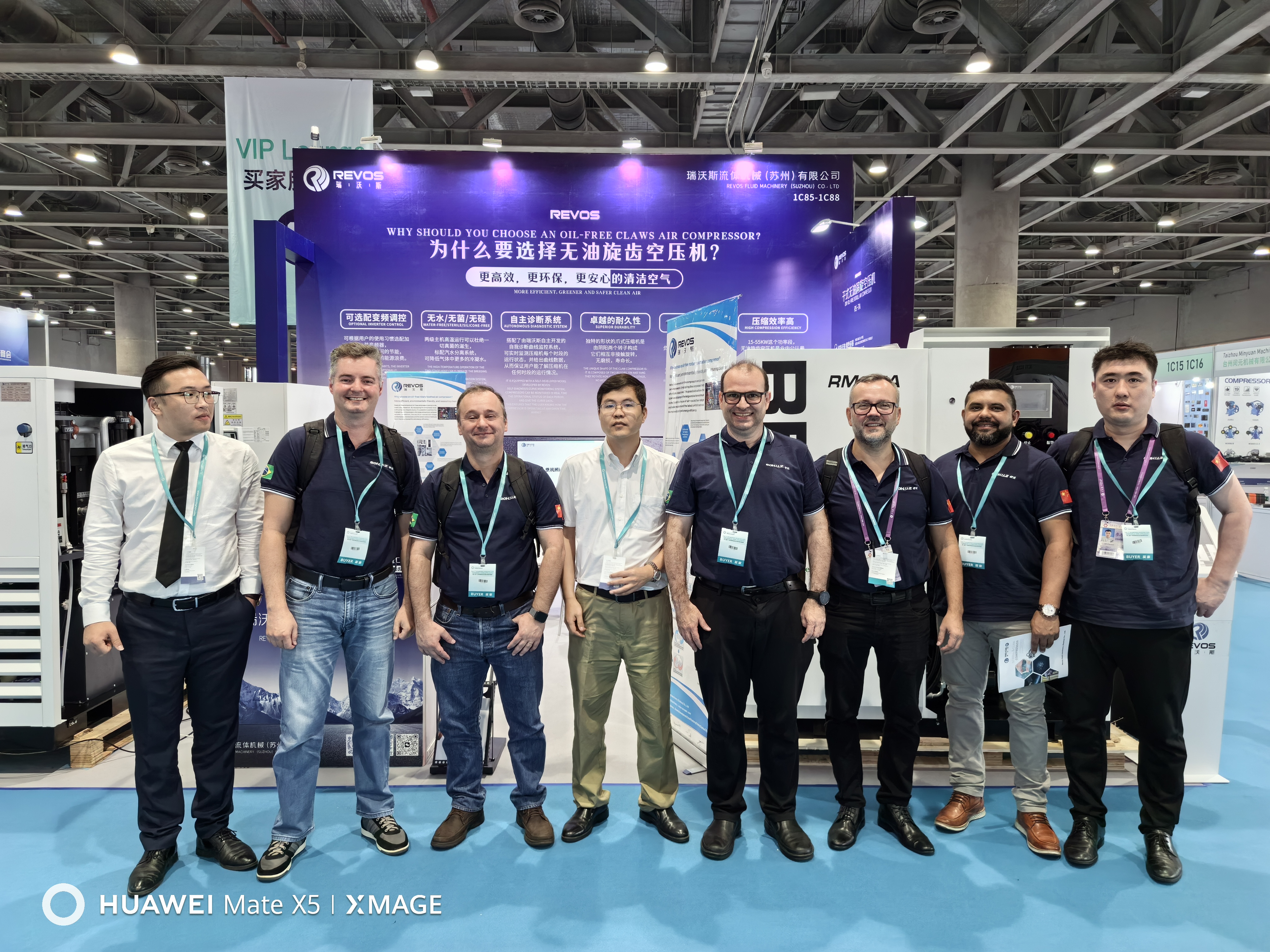
Academic Medical Center Optimizes for Research and Clinical Care
A large academic medical center with extensive research facilities required a compressor system meeting the diverse needs of both clinical departments and research laboratories. The facility required different air quality standards for various applications—from ISO Class 5 for sterile compounding to specialized requirements for pharmaceutical research.
The selection team developed a comprehensive evaluation matrix weighting technical performance, contamination control capabilities, and energy efficiency equally. After initially screening seven suppliers, three finalists participated in a rigorous testing phase including side-by-side performance comparisons under various load conditions.
The selected supplier demonstrated superior performance in maintaining consistent pressure and air quality across varying demand scenarios—a critical factor for sensitive research applications. Additionally, the supplier's ability to provide integrated monitoring systems meeting both clinical and research compliance requirements proved decisive. Post-implementation, the facility reported 23% reduced energy consumption compared to the previous system, along with significant improvements in reliability and reduced maintenance requirements.
Community Hospital Addresses Budget Constraints Without Compromising Quality
A mid-sized community hospital facing financial pressures needed to replace aging compressor equipment while adhering to strict budget limitations. The facility's evaluation process focused intensely on total cost of ownership, with particular attention to energy efficiency and maintenance requirements.
The selection committee developed a creative approach comparing lifecycle costs over a 10-year period rather than focusing solely on initial purchase price. This analysis revealed that a higher-priced, more efficient system would actually deliver lower overall costs due to reduced energy consumption and maintenance needs.
The chosen supplier offered a performance guarantee including specific energy consumption targets with financial remedies if these targets weren't met. Additionally, the supplier provided a customized maintenance program aligning with the hospital's staffing constraints and including remote monitoring capabilities to optimize service intervals. Implementation of the new hospital air compressor systems resulted in annual energy savings of approximately $45,000, exceeding guaranteed performance levels and delivering a payback period of less than three years.
Pharmaceutical Manufacturing Facility Implements Compliance-Focused Solution
A pharmaceutical production facility required specialized compressed air systems supporting sterile manufacturing processes, with strict regulatory requirements for documentation and validation. The facility's supplier evaluation prioritized compliance expertise, validation support, and quality management systems.
The evaluation team included quality assurance and regulatory affairs personnel who developed a detailed audit protocol for potential suppliers. This protocol assessed not only equipment specifications but also the supplier's quality management systems, documentation practices, and change control processes.
The selected supplier demonstrated exceptional expertise in pharmaceutical air compressor applications and offered comprehensive validation documentation packages significantly streamlining the facility's qualification processes. The supplier's approach to change management—including advance notification of component changes and detailed impact assessments—proved particularly valuable for maintaining regulatory compliance. Post-implementation audits confirmed the new systems consistently met all regulatory requirements while delivering 15% improved operational efficiency.
Future Trends Shaping Healthcare Compressor Supplier Selection
As healthcare delivery continues to evolve, several emerging trends are reshaping compressor supplier evaluation criteria. Forward-thinking facilities should consider these developments when selecting partners to ensure long-term alignment with evolving needs and industry direction:
Integration of Smart Technologies and Predictive Maintenance
The healthcare industry increasingly embraces digital transformation, and compressed air systems follow this trend through Internet of Things (IoT) technologies and advanced analytics. Leading suppliers now offer systems with embedded sensors continuously monitoring performance parameters, enabling predictive maintenance approaches that identify potential issues before they cause downtime.
When evaluating suppliers, assess their capabilities in providing actionable insights from operational data—not just collecting large volumes of information. The most valuable systems integrate with facility management platforms, providing contextualized alerts and recommendations enabling proactive decision-making. Facilities implementing these smart systems typically experience 30-40% reductions in unplanned downtime and significant improvements in overall system efficiency.
Focus on Sustainability and Environmental Impact
Healthcare organizations increasingly emphasize sustainability initiatives, with compressed air systems representing significant opportunities for environmental impact reduction. Future-focused suppliers develop technologies minimizing energy consumption, utilizing environmentally friendly materials, and supporting circular economy principles through equipment recycling programs.
Evaluation criteria should include comprehensive environmental impact assessments, including energy efficiency ratings, refrigerant usage, and material composition. Suppliers should demonstrate commitment to continuous sustainability improvement through clearly defined goals and transparent reporting. Facilities prioritizing these factors not only reduce their environmental footprint but also position themselves favorably for evolving regulatory requirements and public reporting expectations.
Enhanced Cybersecurity for Connected Systems
As medical devices and facility systems become increasingly connected, cybersecurity has emerged as a critical consideration in supplier selection. Healthcare facilities must ensure compressed air systems and associated monitoring platforms don't introduce vulnerabilities into their IT infrastructure.
Supplier evaluation should include rigorous cybersecurity assessments examining system architecture, data transmission protocols, access controls, and vulnerability management processes. Reputable suppliers demonstrate compliance with industry cybersecurity standards and provide transparent documentation of their security practices. Facilities should also consider suppliers' approaches to ongoing security updates and responsiveness to emerging threats.
Customization for Specialized Healthcare Applications
The diversification of healthcare delivery models drives demand for specialized compressed air solutions tailored to specific applications. From mobile clinics requiring compact systems to specialized treatment centers with unique pressure and purity requirements, suppliers develop increasingly customized offerings.
When evaluating suppliers, assess their ability to engineer solutions for specific use cases rather than offering one-size-fits-all equipment. This includes flexibility in system configuration, adaptability to unique space constraints, and compatibility with specialized medical equipment. Suppliers with strong research and development capabilities and dedicated healthcare teams best deliver these customized healthcare clean air solutions and adapt to evolving application requirements.
Conclusion: Building Strategic Partnerships for Healthcare Excellence
Selecting a healthcare compressor supplier represents far more than a routine equipment purchase—it's a strategic decision impacting patient care quality, operational efficiency, and regulatory compliance for years to come. By approaching this process with rigor and foresight, healthcare facilities can establish partnerships delivering immediate operational benefits while positioning themselves for future success as industry needs evolve.
The most effective supplier relationships transcend transactional equipment provision to become true collaborative partnerships focused on continuous improvement. These partnerships build on clear communication, shared goals, and mutual commitment to delivering the highest standards of care through reliable, efficient, and compliant compressed air systems.
As healthcare continues to advance, the importance of selecting the right compressor supplier will only grow. By implementing the comprehensive evaluation framework outlined in this guide, healthcare facilities can navigate the complex landscape of supplier selection with confidence, ensuring they secure healthcare clean air solutions that meet current needs while providing a foundation for future innovation and excellence in patient care.
